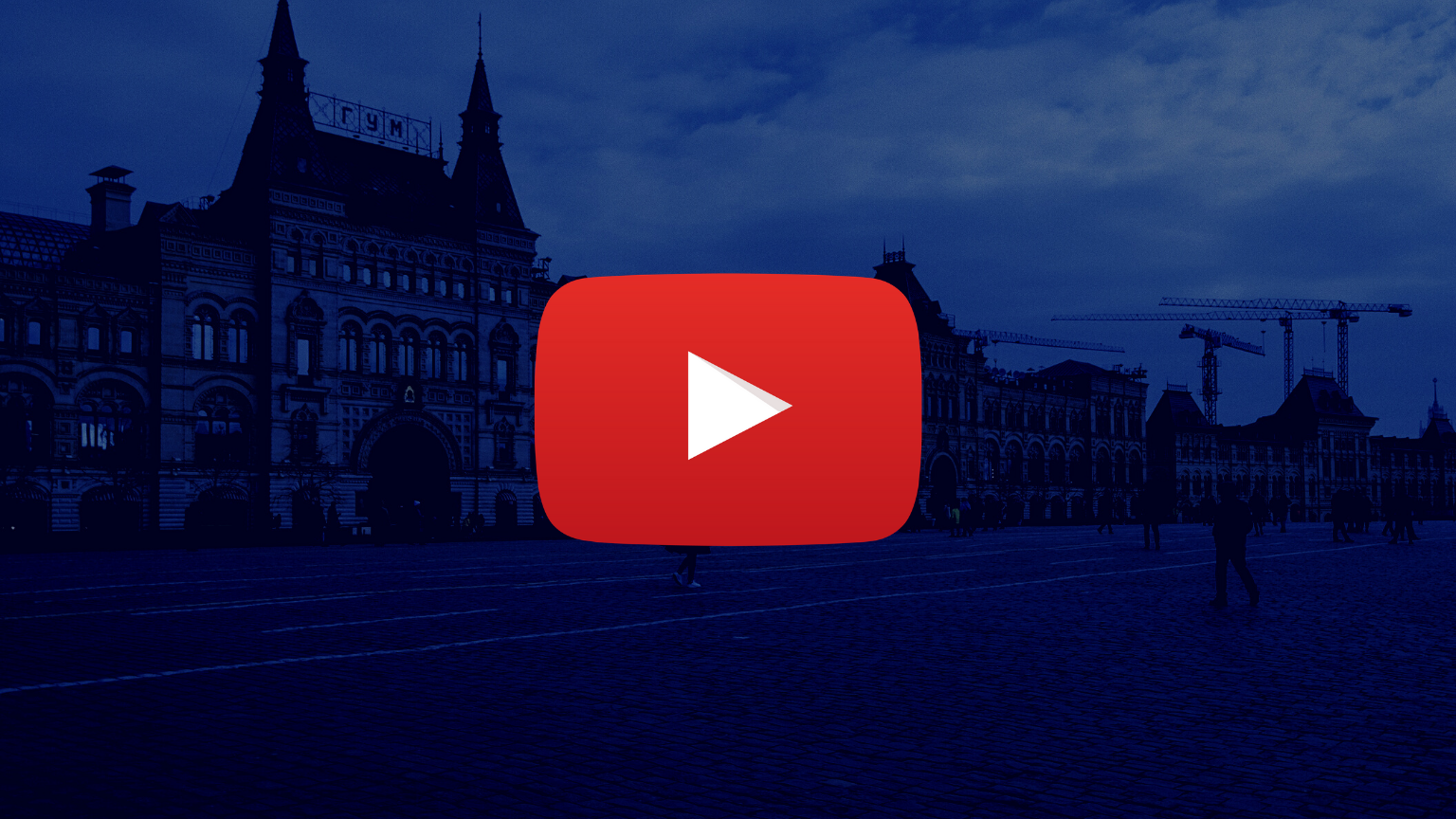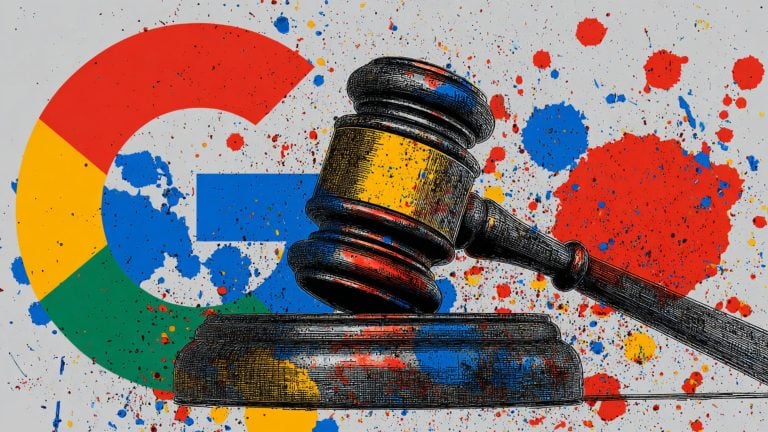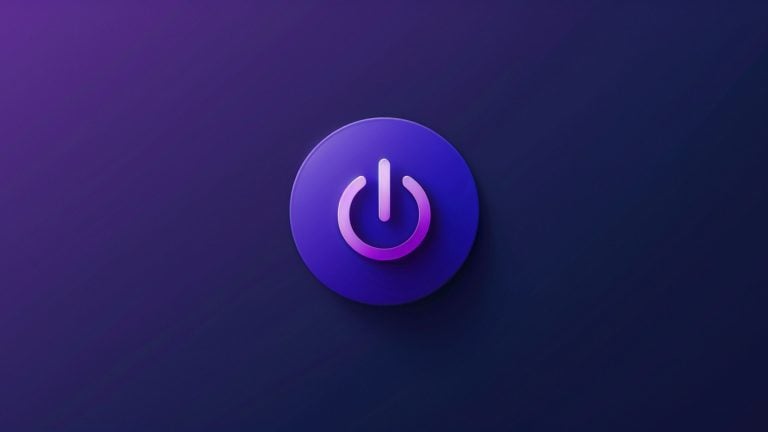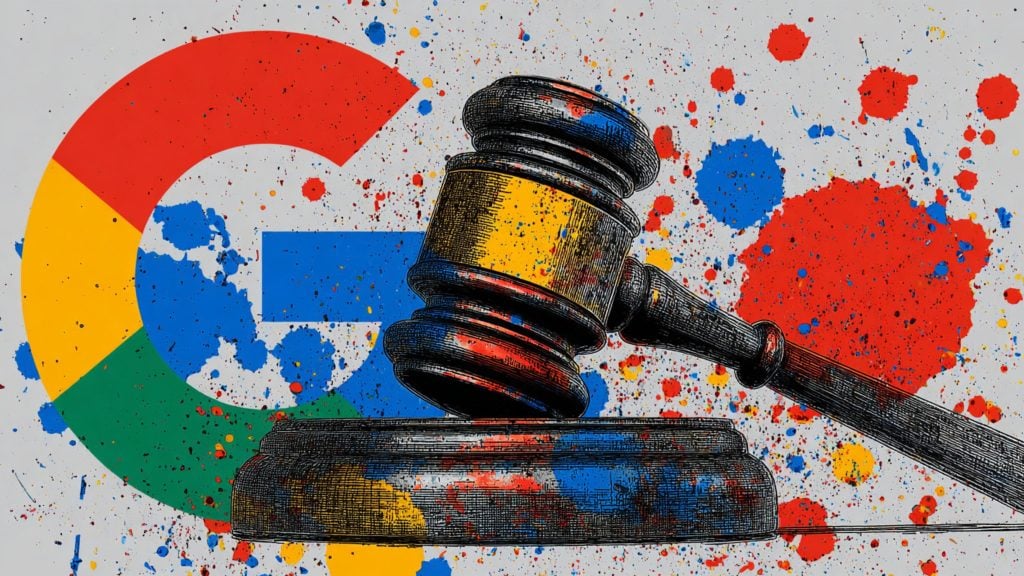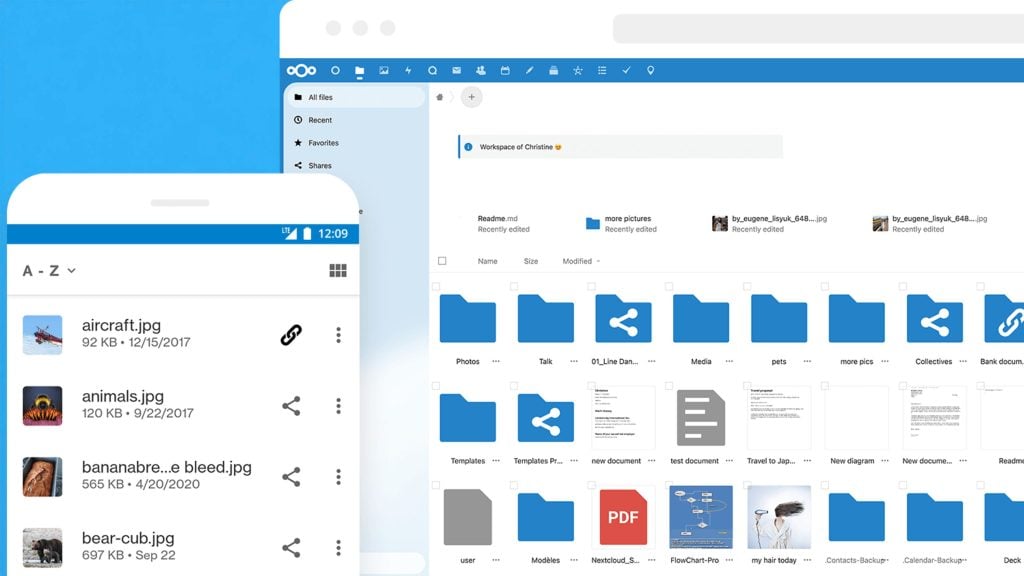Russia isn’t exactly known for its support of free expression but it wants its censorship power to lie completely with the government, not YouTube.
Russia’s media watchdog has accused YouTube of violating freedom of the press by censoring Russian media channels.
In a press release published Saturday, Roskomnadzor (Federal Service for Supervision of Communications, Information Technology and Mass Media) accused YouTube of unfairly censoring Russian media content. According to the media watchdog, last year, YouTube restricted access to Russian-based media accounts nine times and censored the content of those accounts three times. This year alone, YouTube has censored Russia-based media content five times and suspended three accounts.
According to Roskomnadzor, YouTube blocks content providing a “different stance” to the Western ideology on issues such as the 2004 Beslan school siege and Russia’s role fighting fascism.
The press release also referred to previous incidents of YouTube’s arbitrary censorship, such as when it blocked a speech by Vladimir Putin that was posted on a channel managed by a Russian federal agency.
YouTube later said the video was blocked in error. YouTube has also previously blocked videos containing the Russian national anthem over copyright infringement, claiming that the rights to the anthem are owned by a private company.
The press release also claims that YouTube censors Russian media content under the guise of age. The watchdog said that multiple videos on Russian media channels, which are ideally for a general audience, are only viewable for authorized users who have proven they are adults.
Roskomnadzor concludes that YouTubes censorship of Russian media violates the key principles of the freedom of the press and restricts Russian users from accessing relevant content.
Meanwhile Russia says YouTube is quick to censor legal content but remains reluctant to remove illegal and harmful content containing child pornography, and information on drug use, suicide, and extremism. Since 2012, the media watchdog says it has identified at least 6,000 examples of such content that is still available on YouTube.

